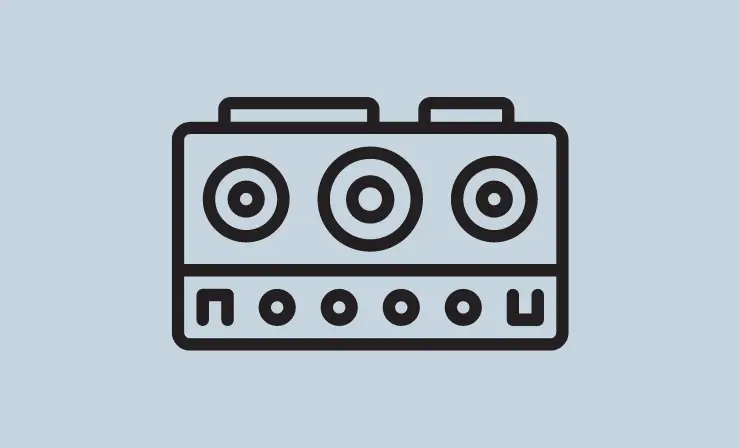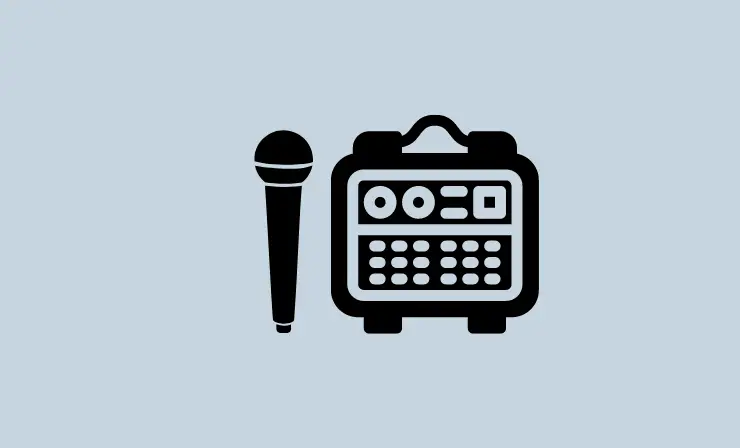Technology has enhanced the learning environment in classrooms, with sound systems adding a richness to lessons that wasn’t possible before. As educators, we strive for perfection when it comes to incorporating modern advances into our instruction—and good audio is one powerful example of this advancement.
Nowadays, it’s important to know about classroom amplification systems because it can help facilitate learning by ensuring everyone in the classroom is able to hear the teacher clearly. Classroom amplification systems also provide a safer and quieter environment for students, which leads to higher test scores and better attendance.

Additionally, all types of systems are great for helping people with hearing disabilities or difficulties understand what the teacher is saying without any difficulty or disruption.
Finally, teachers who use classroom amplification systems can discipline their students more effectively, since they can address them in a normal speaking tone that all other students can hear.
After reading this article, you’ll get to know about:
- What is a classroom amplification system? →
- 4 must-have pieces →
- 5 ways to use a classroom amplification system →
- 4 benefits of classroom amplification systems →
What Is a Classroom Amplification System?
A classroom amplification system is a special type of equipment that helps make sure everyone in the classroom can hear what the teacher is saying. It uses a microphone to pick up sound and then sends it through speakers to make it louder, so everyone can hear. This system also helps people with hearing problems, so they won’t miss out on anything. It makes classrooms quieter and safer for learning, leading to higher test scores.

In educational environments, a classroom amplification system can significantly enhance the learners’ ability to engage and understand by amplifying important audio cues. With both wired and wireless models available for schools, colleges, or campuses—clear sound transmission is easily achievable.
Classroom amplification strengthens the learning environment by allowing even distant learners to take part.
4 Must-Have Pieces
Teachers and administrators can benefit greatly from using a classroom amplification system, allowing their voices to travel farther in any learning environment. These systems come in both wired and wireless models, so they are easy-to-use across schools, colleges, or campuses. With this technology, the sound quality is amplified for better engagement with students.
1. Microphone
The microphone is a key component of any classroom sound amplification system, taking faint waveforms and transforming them into crisp audio powerful enough to fill the room. By connecting an amplifier with a speaker, the entire class will benefit from clear communication that can be heard effortlessly.

Without it, the sound from the teacher’s voice would not be amplified and would be difficult to hear in a noisy classroom. A microphone captures sound waves that are then transmitted to an amplifier, which in turn amplifies the sound so that it can easily be heard by everyone in the classroom.
2. Amplifier
Amplifiers are a great way to improve the sound system in any classroom. By increasing the power of an input signal, they provide good quality audio with minimal effort and budget constraints. With an amplifier, you can get better volume control on your speakers or headphones and enjoy enhanced listening experiences.

An amplifier is an important component of a classroom amplification system. It works to increase the power of the sound signals from the microphone and speakers, allowing everyone in the room to hear more clearly. Amplifiers come in many forms, such as pre-amplifiers and power amplifiers. These amplifiers can be used together or separately depending on the needs of the classroom.
In the video below, we review the 9 best teacher amplifiers. Check it out, it’s really entertaining 🙂
3. Speakers
Using a top quality loudspeaker is essential for creating an ideal learning environment. Not only will it fill the classroom with melodious music, but can also be utilized to amplify insightful presentations and lesson plans. A good speaker should not be underestimated when setting up sound systems in classrooms—ensuring students receive optimal audio performance throughout their studies.

Speakers are an important component of a classroom amplification system. They take the amplified signals from the amplifier and broadcast them to everyone in the room. Speakers come in many different sizes, shapes, and types, so it is important to choose one that fits your specific needs. Many speakers also have additional features such as Bluetooth connectivity or wireless control. Choosing the right speakers for your classroom is essential to get the best sound quality from your classroom amplification system.
4. Connectors
Connectors are what allow us to connect different pieces of equipment together in a classroom amplification system. They act as an interface between two different devices, allowing them to communicate with each other and transfer signals. Connectors come in all shapes and sizes, from simple audio connectors to more complex digital ones.
Not sure which network connector to use? This exciting animated video offers a thorough guide that will help you select the right one.
Connectors are a significant component of a classroom amplification system. Without them, the microphone, amplifier, and speakers would be unable to communicate with each other. Different types of connectors are used for different components in a system, so it is important
5 Ways of Applying an Amplification System
Amplify your classroom experience with these simple strategies! Whether it’s enhanced audio or increased visual engagement, you can use amplification systems to create a more stimulating and engaging learning environment.
- The Mobile application facilitates communication in the classroom, from broadcasting notices and menus to recommending books from the library—improving student connections while providing educational resources.
- The classroom is now a place of live activity, with the audio streaming technology enabling us to stay up-to-date on all things happening both in and beyond our campus community. From announcements or radio stations to breaking news broadcasts.
- Educators can showcase lectures, presentations and further enrich learning experiences through a range of educative assets such as videos courses, school culture promotion content and recordings from campus TV stations.
- Audio broadcasts offer the ultimate convenience in amplification, providing crystal clear sound without fail. From lecture halls and auditoriums to simple lunchtime tunes or language lessons—audio broadcast is a modern solution for every need! And thanks to its miniaturization capabilities, it can be used as an effective portable device too.
- Video streaming provides an easy and expeditious way to get information out, whether it’s a school assembly or professional event. With the opportunity of Live lectures and OnLive options, video streaming has become even more effective when sharing knowledge with whole classes at once.
4 Benefits of Classroom Amplification Systems
Amplifiers are a crucial tool for helping learners reach their academic goals. Not only can they make lectures and presentations easier to understand, but they also provide students with an enhanced ability to pick up on subtle nuances in discussion that would otherwise be missed.
Reaping the rewards of amplifiers doesn’t stop there – learning becomes more enjoyable when one can actually hear what’s being said.
1. Improves Comprehension of The Material
For many students, auditory learning is key to fully comprehending a lesson. Enhanced audio technology allows educators to engage these learners in the most effective way: by providing crystal clear sound that encourages their ongoing education. Without this accessible and reliable tool, some pupils may fall behind or never understand material correctly – making enhanced audio an essential part of fostering successful teaching environments for all types of learners.

2. Attracts Students’ Attention
A strong, authoritative voice from the teacher to their students is essential for ensuring optimal behavior and focus. With a classroom amplification system in place, even those with hearing difficulties will be able to receive instruction without distraction or disruption. Such systems create an environment where disinterested learners can no longer ignore what’s being said—making it easier than ever before for instructors to hold all of their pupils’ attention.

3. Empowers Children With Special Needs
Unclear vocal instruction can be a major hindrance for students with special needs, such as dyslexia. Unfortunately, this is the case in many classrooms where pupils struggle to pick up on phonemes due to never hearing them expressed clearly before; however, advances in audio technology are providing an effective solution – arming these children with improved sound and allowing them to reach their potential through better learning opportunities.

4. Prevents Vocal Fatigue
Teachers can now preserve their voices with the help of classroom amplification systems. Educators are given a comfortable range to speak in, ensuring that their vocal cords—and overall wellbeing—stay healthy for years to come.

Useful Recourses
- How to buy speakers: A beginner’s guide to home audio
- 5 Things to Consider Before Buying Stereo Speakers
- Education Amplifier
Conclusion
Overall, classroom amplification systems are a great way to ensure everyone in the class can hear what is being said and benefit from it. They provide a safer learning environment for students of all abilities, help teachers discipline their classes more effectively, and lead to better test scores and attendance rates.
If you’re looking for ways to enhance your teaching methods or create an optimal learning atmosphere in your school, investing in these types of systems could be one solution worth exploring further. With careful research into different models available on the market today, as well as input from experts who specialize in this area, you should have no trouble finding the right system that meets both your needs and budget requirements.
- Overview of 22 Low-Code Agencies for MVP, Web, or Mobile App Development - October 23, 2024
- Tips to Inspire Your Young Child to Pursue a Career in Nursing - July 24, 2024
- How Parents Can Advocate for Their Children’s Journey into Forensic Nursing - July 24, 2024



